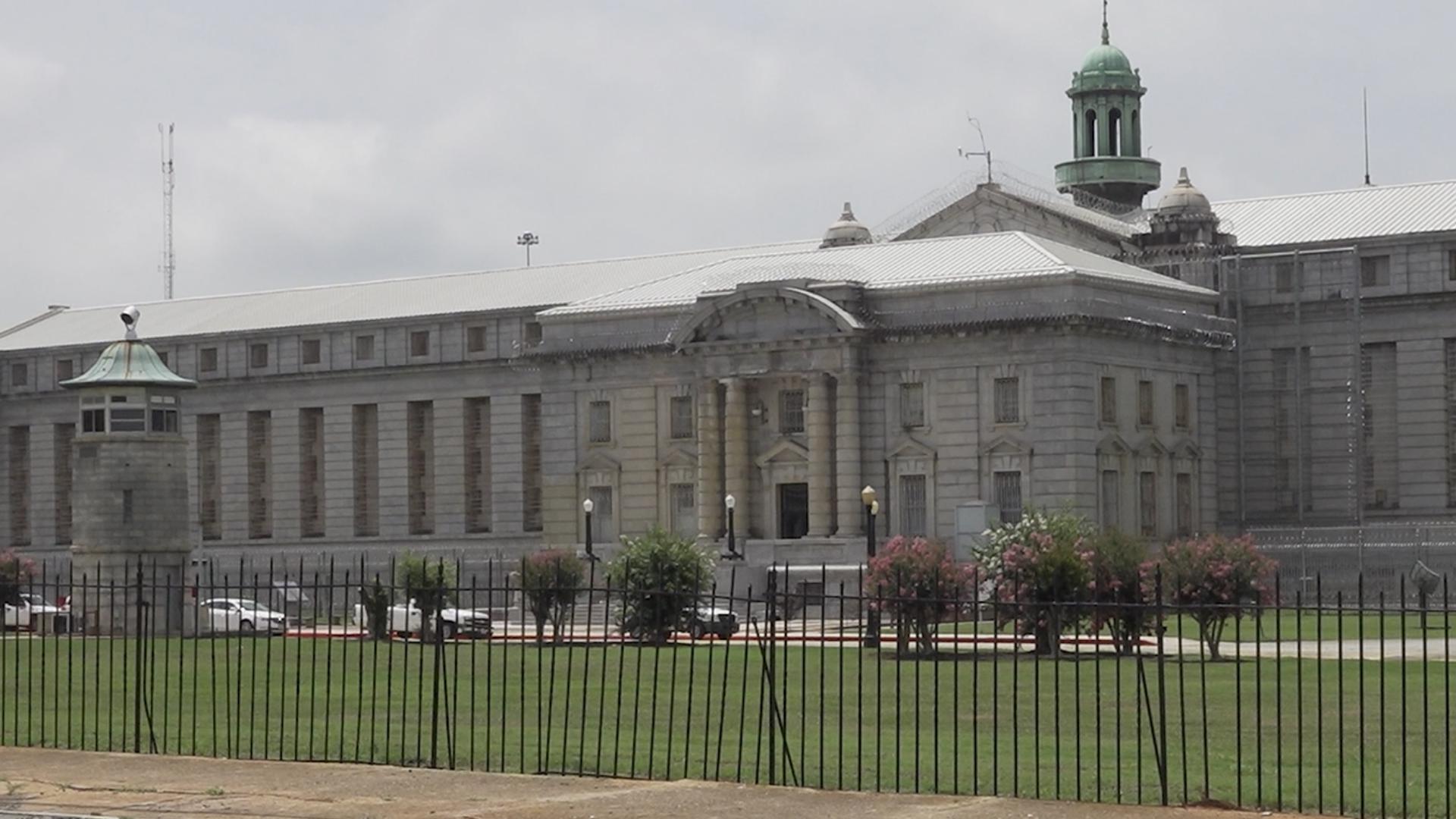ATLANTA — In the heart of southeast Atlanta, there's a landmark that’s hard to miss.
The Atlanta federal penitentiary has loomed large over McDonough Boulevard since at least 1905 in the middle of predominately Black residential neighborhoods. Community members believe the proximity is a reminder of the pipeline they’re fighting to address.
“When I first moved here, this was a nice neighborhood to raise your kids," Gloria Lane said.
Lane has lived in Southeast Atlanta since 1979. She raised two boys in her home, just a few blocks away from the facility. The United States Penitentiary Atlanta has since been renamed Federal Correctional Institution Atlanta (FCI), a low-security prison.
Over time, Lane said she has seen the neighborhoods surrounding the prison, including Thomasville Heights, Lakewood Heights, and Chosewood Park, become hotspots for crime.
Gary Davis, Sr., mentors youth from these communities through his organization, Next Level Boys Academy.
“They’re living in environments that's becoming their norm," Davis explained. "The scary part about it is, there are so many men not afraid to go to jail. When they die inside and lose hope, then the value and respect they have for another life is not there.”
Just a few blocks away from the prison is Thomasville Heights, home of the notorious Forest Cove Apartments, which the city recently demolished due to its unlivable conditions and constant criminal activities.
"They’re living in these environments, they're living under these conditions," Davis said, "whether it’s high crime or poverty, and we’re expecting something from them, and we’re not giving anything to them.”
Davis says this is where he comes in to be the change that’s needed.
Some residents have been asking for change for years.
"My house has been broken into," Leona Harris said. Harris has lived in this area for two decades and said she doesn't feel safe. "If we had more protection, it would be best if we could get rid of that problem."
Although this area is her home, she says she has no business being outside when the sun goes down.
“Daytime, not nighttime, because the crooks are out, the drug dealers are out," she said. "All kinds of people are out, and they’re coming to get you.”
Albert Cox went to Benteen Elementary, just a few blocks from the prison. He said the building is a fixture of the neighborhood, but he didn't understand it at that young age.
Cox says it took growing up to realize how a prison in his backyard impacted his childhood.
“The kids are seeing this, but they don’t understand what’s happening," he said.
Which, Davis said, is what's perpetuating a cycle landing misguided youth behind bars.
"Young men, they live what they learn," Davis said.
The federal prison houses 1,689 inmates. Once considered a maximum-security facility, it’s now home to mid to low-level offenders. A recent report by the U.S. Department of Justice states that, among 10 federal institutions, the prison had the highest number of deaths from 2014 to 2021.
That’s why Davis mentors to help communities unlock mental imprisonment and release from the shackles of cyclical patterns.
"If you (live) in this environment and you live in this culture, and this is all you see and hear, it’s kind of hard to break away from that," he said.

